iQueue for Inpatient Beds is a cloud-based solution that drives daily inpatient capacity management decisions at all levels from a single operations-focused source of truth, including discharge and admissions predictions for each unit by time of day. iQueue for Inpatient Beds was developed to combat the key patient flow issues hospitals are facing, including poor visibility into the current and future bed capacity, reactive decision-making, lack of end-to-end digital workflow and variable demand being met with limited supply.
The solution leverages real-time machine learning/AI-based admission and discharge prediction models to surface admission bottlenecks by service and level of care and recommends high-impact transfers, helping administrators create space for the right patient at the right time. The solution captures the unique complexities and characteristics of each of the individual hospital units, much like a “digital fingerprint,” to enhance prediction accuracy. iQueue for Inpatient Beds has shown an improved prediction accuracy by 41 percent* compared to that of internal system predictive models.
Managing inpatient bed capacity is a complex challenge made even more difficult amidst the COVID-19 pandemic. Hospitals have planned and unplanned sources of demand coming from varied admitted sources including emergency departments, operating rooms, clinics and other hospitals. Patient volumes vary by hour, day of the week, service and level of care. There is also mismatched timing of admissions and discharges, with a bulk of discharges happening later in the day at the same time as admission requests typically rise, leading to supply and demand challenges. The process to discharge patients is inherently complex, leading to increased length of stay. With the COVID-19 pandemic resulting in significant revenue losses for many hospitals, there is little room for poor patient throughput.
UCHealth deployed iQueue for Inpatient Beds to improve their daily throughput practices. At UCHealth, morning bed meetings used to be run off a manual spreadsheet, during which nursing and medical leadership reported out on existent data. With iQueue for Inpatient Beds, the time that the bed meeting takes has improved dramatically. Time spent on reporting out and reviewing data has dramatically decreased, allowing more opportunities to actively and proactively solve downstream capacity problems. Capacity leadership has reported time savings of more than 60 minutes per day per house supervisor by no longer having to manually compile or search for data, along with increased transparency, accountability and engagement.

“My team no longer has to pull reports from various places both manually and electronically and then email them. With iQueue for Inpatient Beds, our team is saving a lot of time during the day and can now do more value-added activities,” said Jamie Nordhagen, MS RN NEA-BC, Director of Capacity Management and Patient Representatives, UCHealth. “The tool has also been instrumental in navigating COVID census and patient flow across our system in different ways. For example, now that we can accurately predict where we will be in the evening and the following day, we have been able to more actively use our surge spaces only as needed, ultimately creating more capacity within our organization when there is demand.”
To learn more about iQueue for Inpatient Beds, please visit https://leantaas.com/products/iqueue-for-inpatient-beds/.
*Based on beta testing results across 12 hospitals and 1749 inpatient beds.



